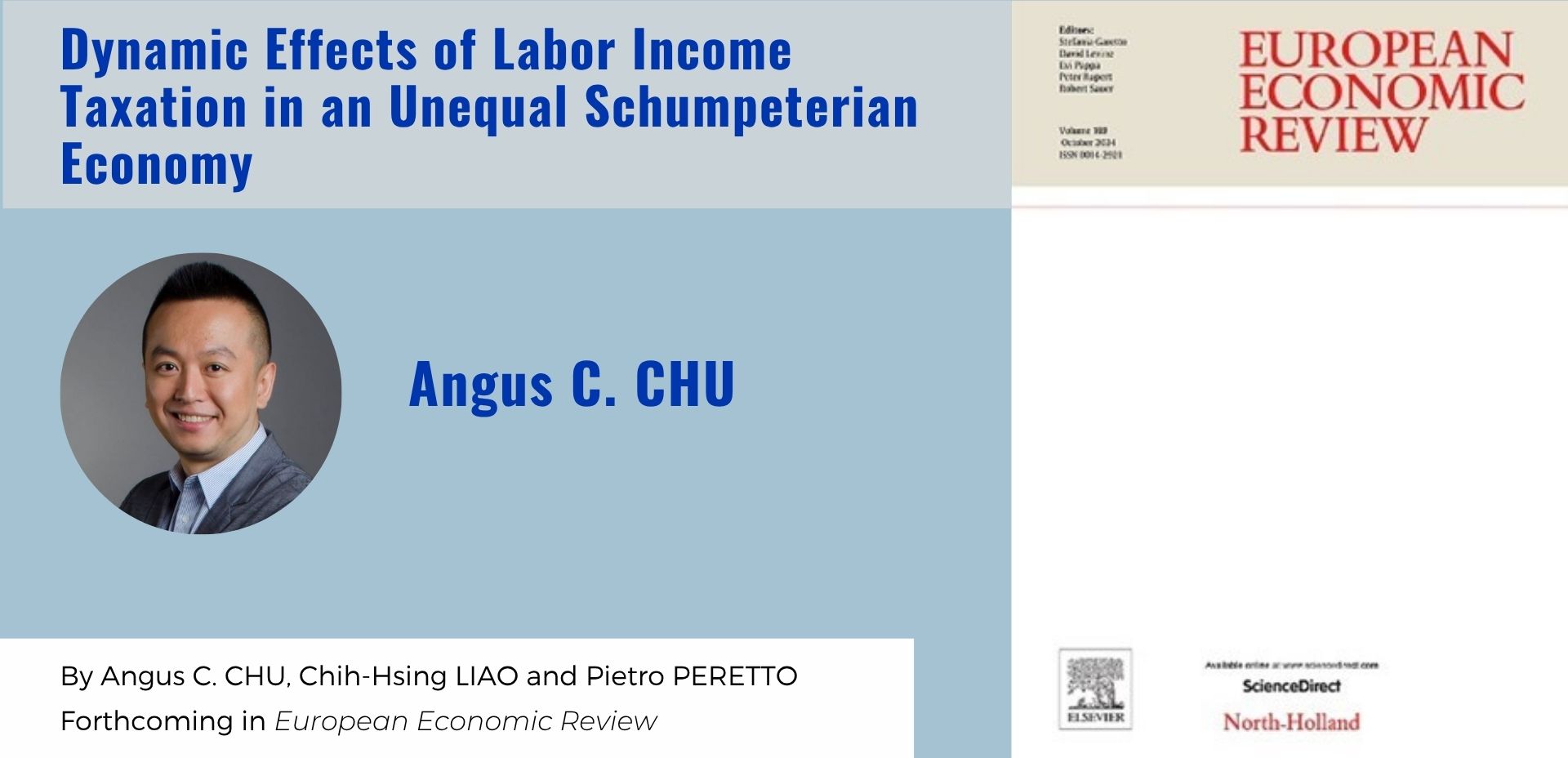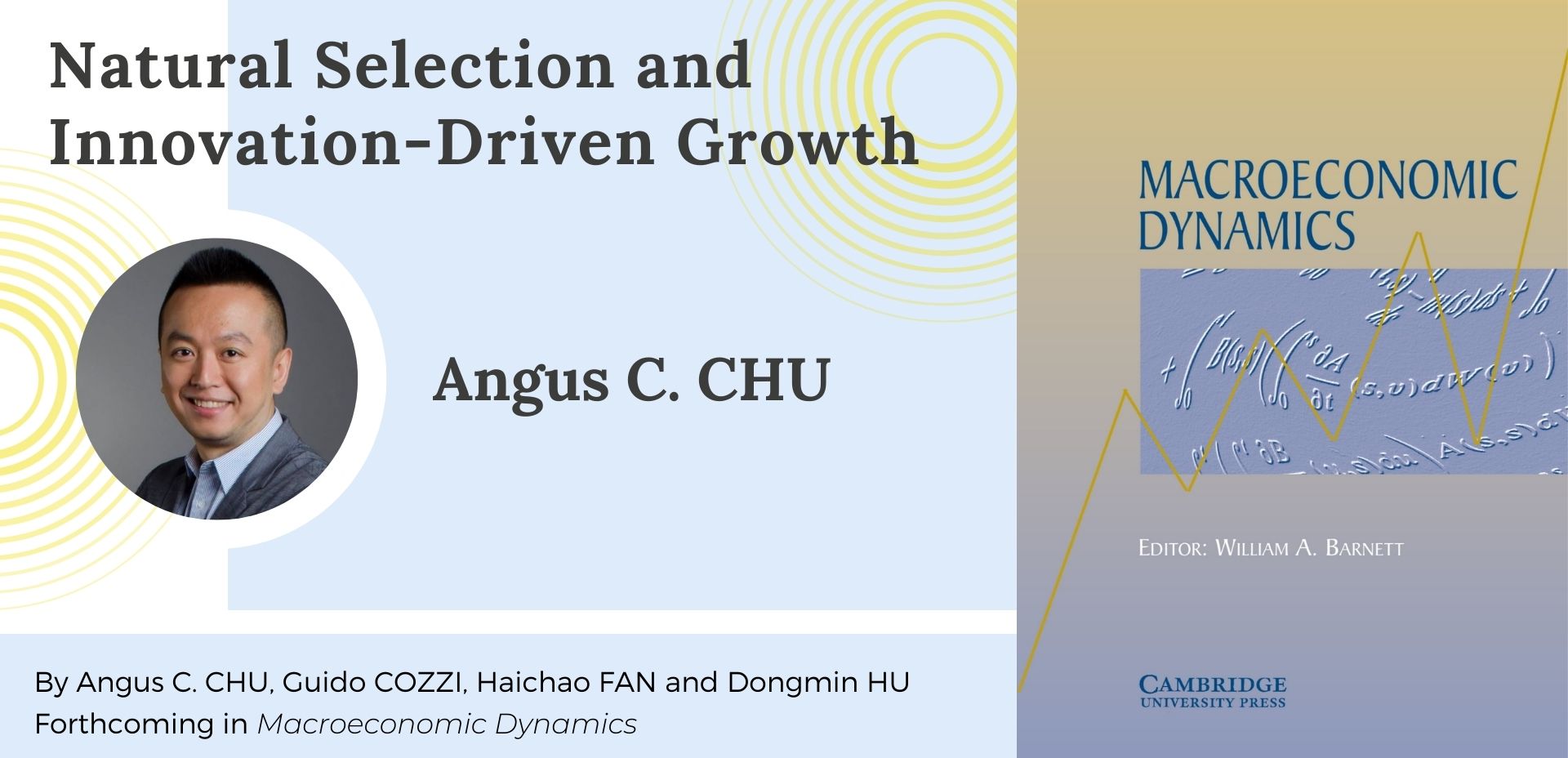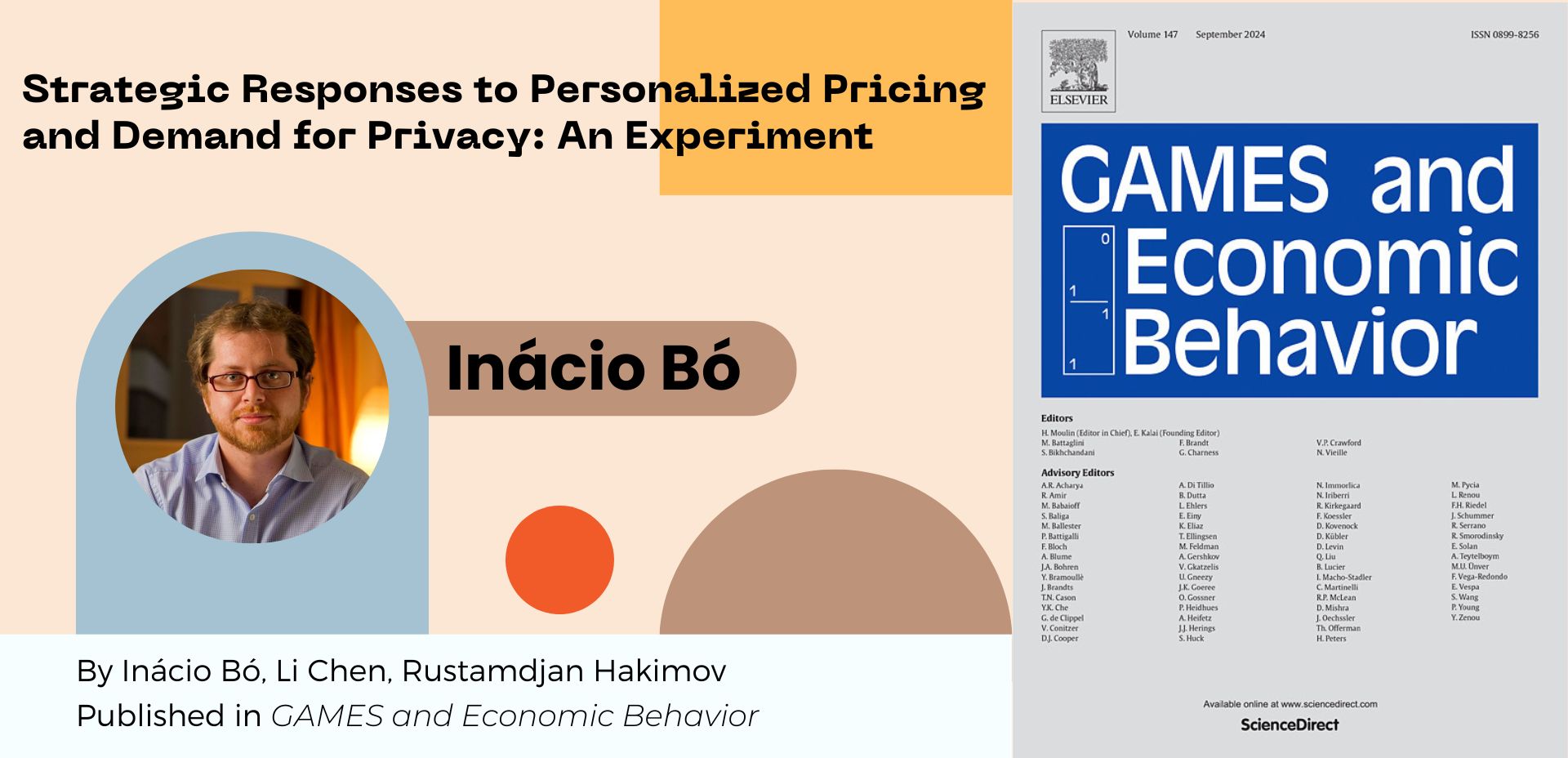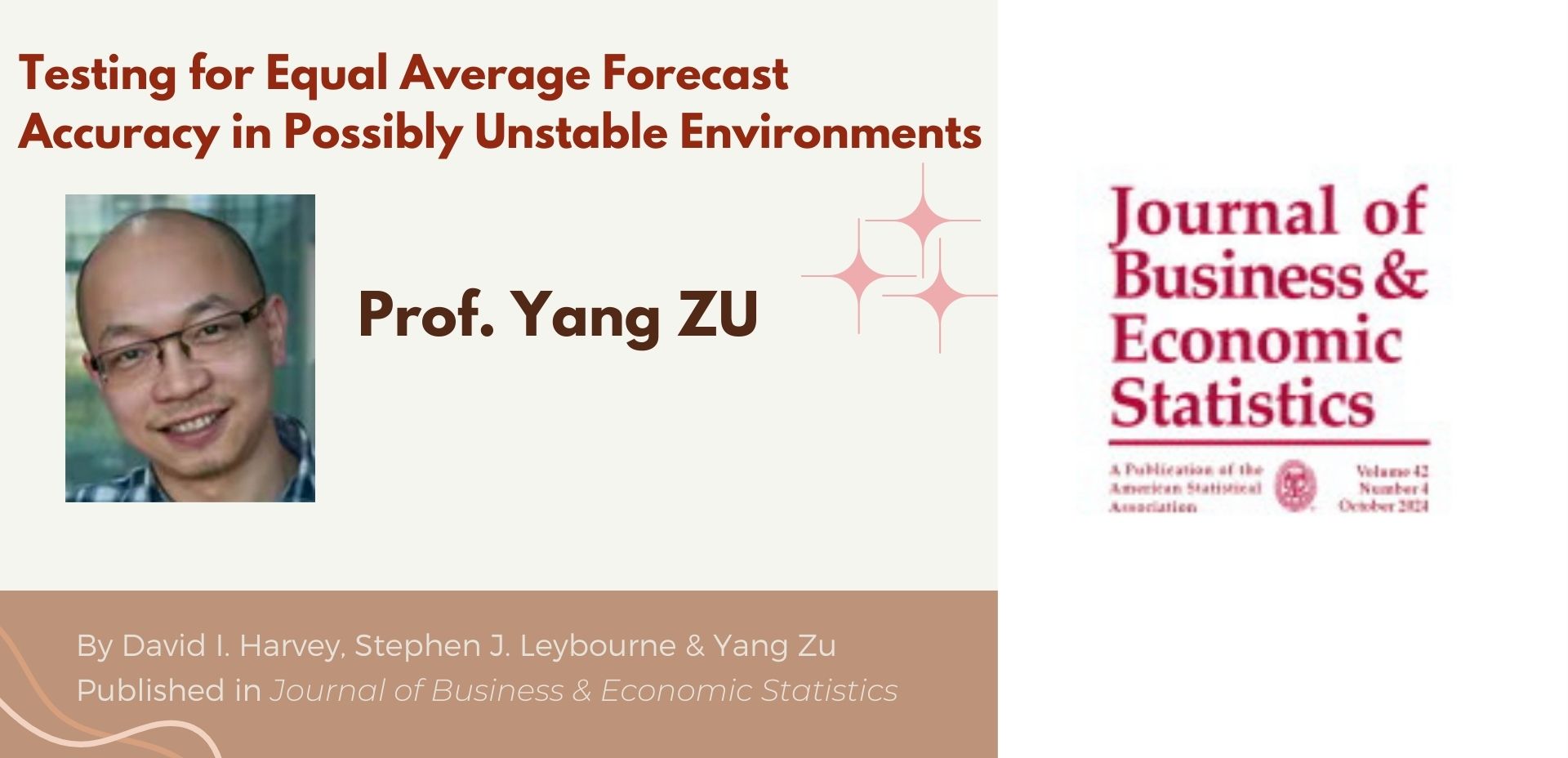Dynamic Effects of Labor Income Taxation in an Unequal Schumpeterian Economy
mikehoi Hoi Lok Hin2025-05-29T18:13:24+08:00Dynamic Effects of Labor Income Taxation in an Unequal Schumpeterian Economy By Angus C. CHU, Chih-Hsing LIAO and Pietro PERETTO Forthcoming in European Economics Review Abstract: How does taxation affect growth and inequality? To study this question, we develop a Schumpeterian model in which wealth heterogeneity influences the effects of tax policy. The key mechanism is that a change in consumption dispersion across heterogeneous households due to a change in labor income taxation can cause a novel positive effect on the employment of poor households in addition to the usual negative effect on the employment of rich households. Together, these [...]











